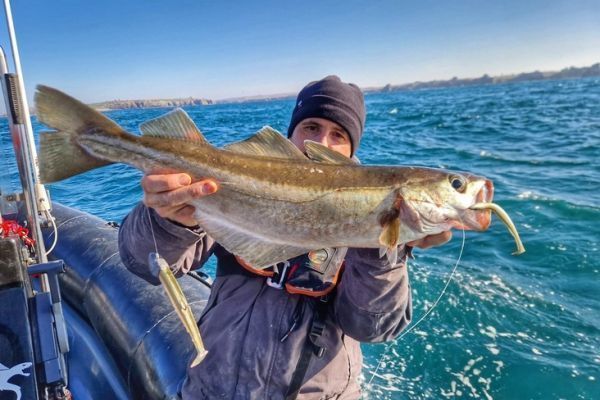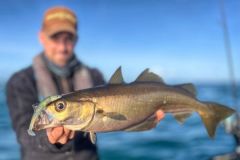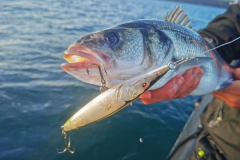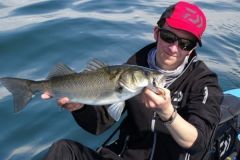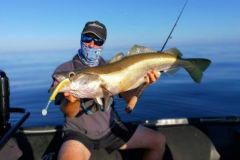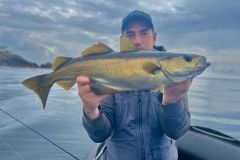In certain situations, fishing becomes complicated. The fish are content to follow the lures without ever attacking. No matter how hard you try, and no matter how much you vary the animation. Nothing will do. But there's a tried-and-tested technique that changes all that. It involves adding a teaser. How do you choose and edit it? That's what we're going to look at here.
What is a teaser?
The teaser consists of adding a second, often smaller, lure upstream of the main one. The aim is to create a situation of food competition. Predatory fish hate competition for food in their territory, which is why they attack. In this case, a small soft lure is jigged above the main lure.
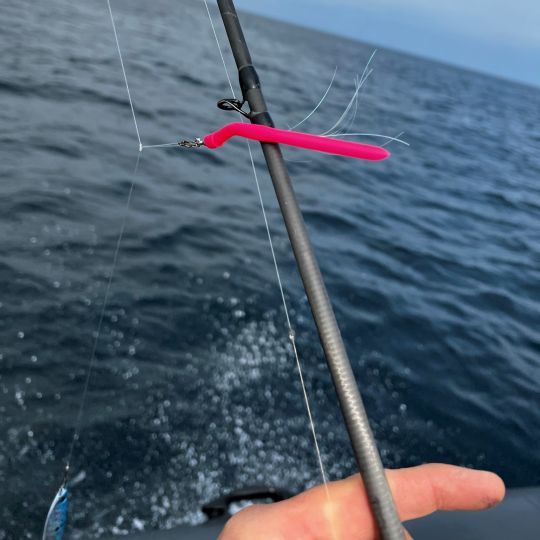
The choice of teaser to catch the pollack
The teaser should be placed 20 to 40 cm above the main lure. You can choose between a pre-filled lure such as a small shad or a soft lure with no lead head, such as a Raglou or an anguillon.

To edit the teaser, opt for the gallows knot which frees the teaser from the main line, reducing the risk of tangling.
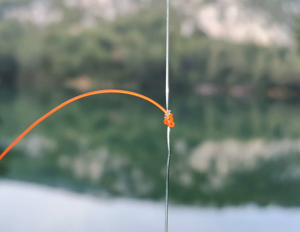
Fishing!
With a teaser, it can be complicated to cast because of the risk of tangling, so I prefer to use it vertically. In fact, I've found that this is how I get the best results.
The elevator technique works like a charm! A linear ascent using the reel only, interspersed with pauses, proves formidable. The effect of food competition is very realistic! Like all predators, leeches will often attack the teaser rather than the main lure.
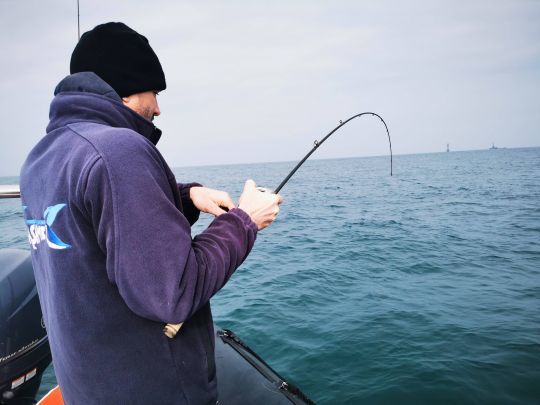
A leader with a sufficiently strong diameter is needed to ensure a good grip, as doubling is not uncommon. Consequently, whenever I use a teaser rig, I reinforce my main leader, usually with 40/100 fluorocarbon.
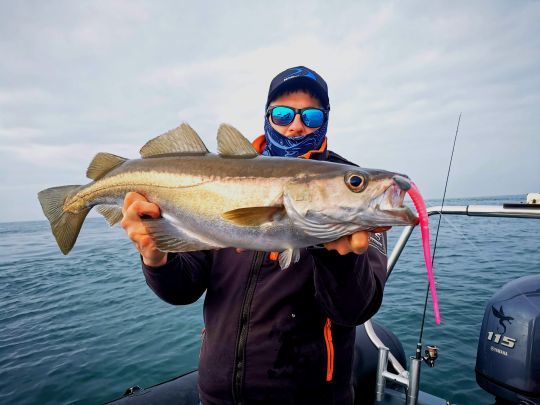
The teaser remains a technique to be adapted when the situation seems blocked and fish are more difficult to bite. It can be used in any situation, with a personal preference for vertical fishing.
Finally, be aware that the addition of a teaser also constitutes an additional risk of snagging. So you'll need to fish carefully, keeping an eye on the depth sounder to anticipate the rise of the underwater relief and limit the risk of a hook. But it's worth the effort.

 /
/ 